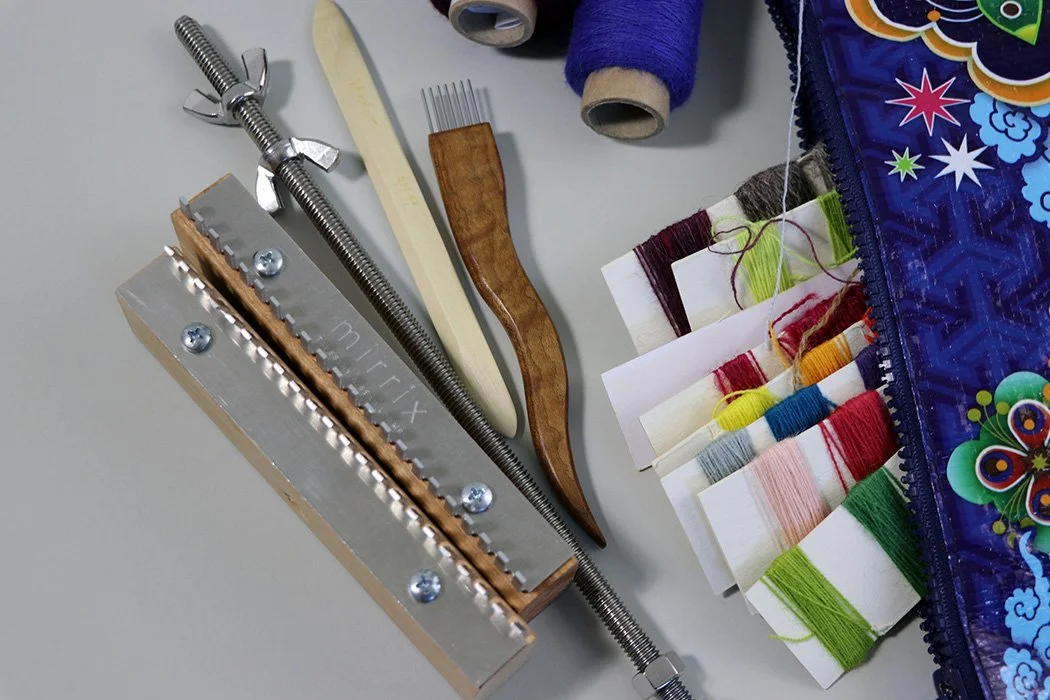Archie Brennan: Tapestry as Modern Art
This new book about Archie Brennan (1931-2019) and his life as a tapestry weaver is a wonderful mix of Archie’s voice and art, images of his work, and thoughts of his friends and colleagues. I heard rumors this book was happening many years ago and have been hoping they were true for a long time. I have not been disappointed. This book has far exceeded my expectations. Brenda Osborn has taken what has to be a rich collection of Archie’s spoken and written words and created a wonderful picture of an artist who had a huge influence on the trajectory of a very old art form, tapestry weaving. The book is by Archie Brennan, but the second author, noted as “with Brenda Osborn” deserves a standing ovation for her crafting of this masterpiece.







